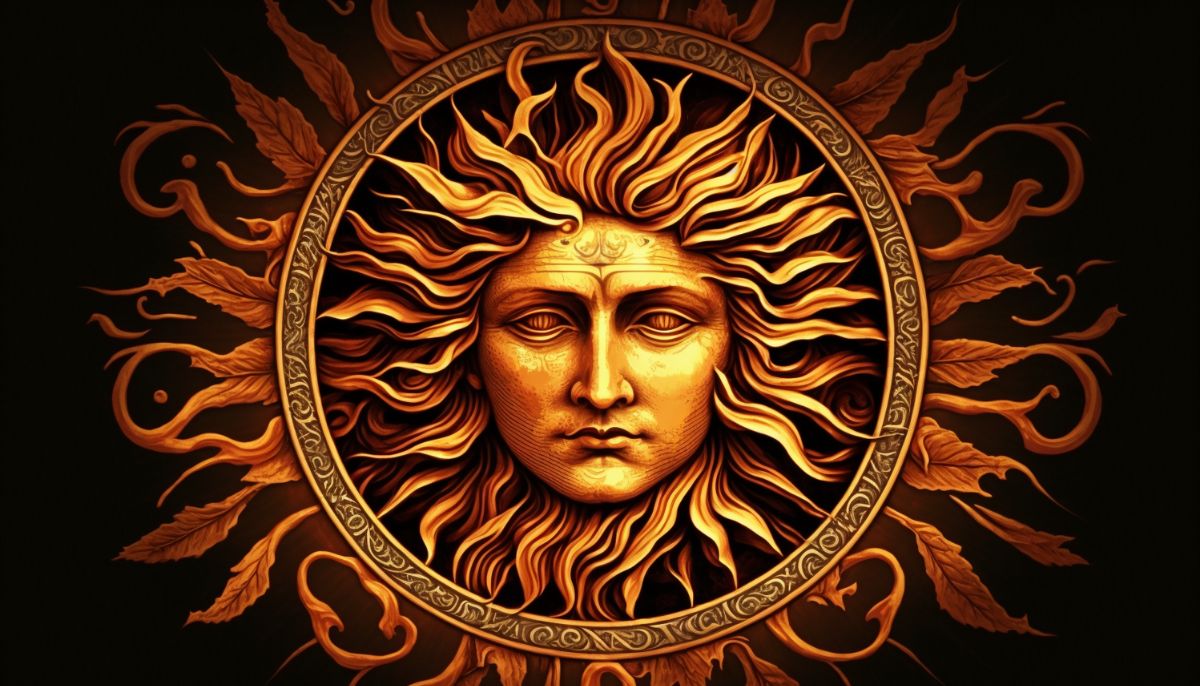The sun holds immense significance throughout history. In Ancient Rome, its representation was embodied by Sol Invictus, a powerful deity whose worship became integral to Roman society.
Curious about the journey of Sol Invictus from obscurity to fame?
Stay with us as we delve into his origins, his pivotal role in the fabric of Rome, and the enduring relevance of his legacy today, including its connection to Christianity and the celebration of Dies Natalis Solis Invicti.
The sun holds immense significance throughout history. In Ancient Rome, its representation was embodied by Sol Invictus, a powerful deity whose worship became integral to Roman society.
Curious about the journey of Sol Invictus from obscurity to fame?
Stay with us as we delve into his origins, his pivotal role in the fabric of Rome, and the enduring relevance of his legacy today, including its connection to Christianity and the celebration of Dies Natalis Solis Invicti.
The Origins of Sol Invictus
Sol Invictus wasn’t the first sun god in Rome. That title goes to Sol Indiges.
Initially considered separate gods, scholars now think they’re probably the same deity, just evolved.
Connection with the Greek God Helios
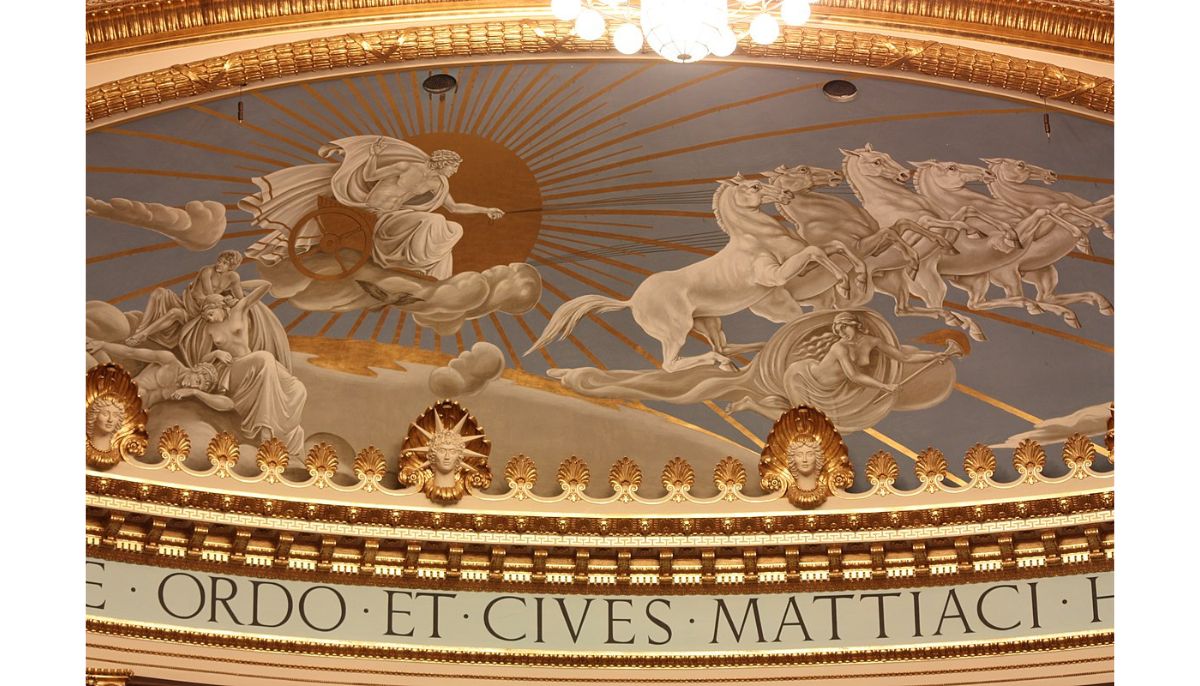
How about a Greek connection? Sol Indiges is similar to the Greek god Helios. Both are often shown driving a sun chariot across the sky. In Roman myth, Sol Indiges used four horses to move the sun from east to West. This symbolized time and life’s cycle.
A temple in Rome was dedicated to Sol Indiges. Every year, sacrifices were made to honor him at the Circus Maximus.
This was not just a temple but also a venue for sports like chariot racing. Worshiping Sol Indiges was a daily practice for Romans. It highlighted the sun’s role in their lives, from agriculture to survival.
- Interested in other mystery cults? Top 5 Fascinating Greco-Roman Mystery Cults
Influence From the East – Elagabalus

Sol’s influence took a giant leap in the third century. Enter Emperor Elagabalus, originally named Antoninus. He grew up worshiping the Syrian sun god Elagabal in Emesa, Syria.
He fused Sol Indiges with Elagabal when he became Emperor, creating an elevated Sol Invictus.
The rise of Sol Invictus under Elagabalus
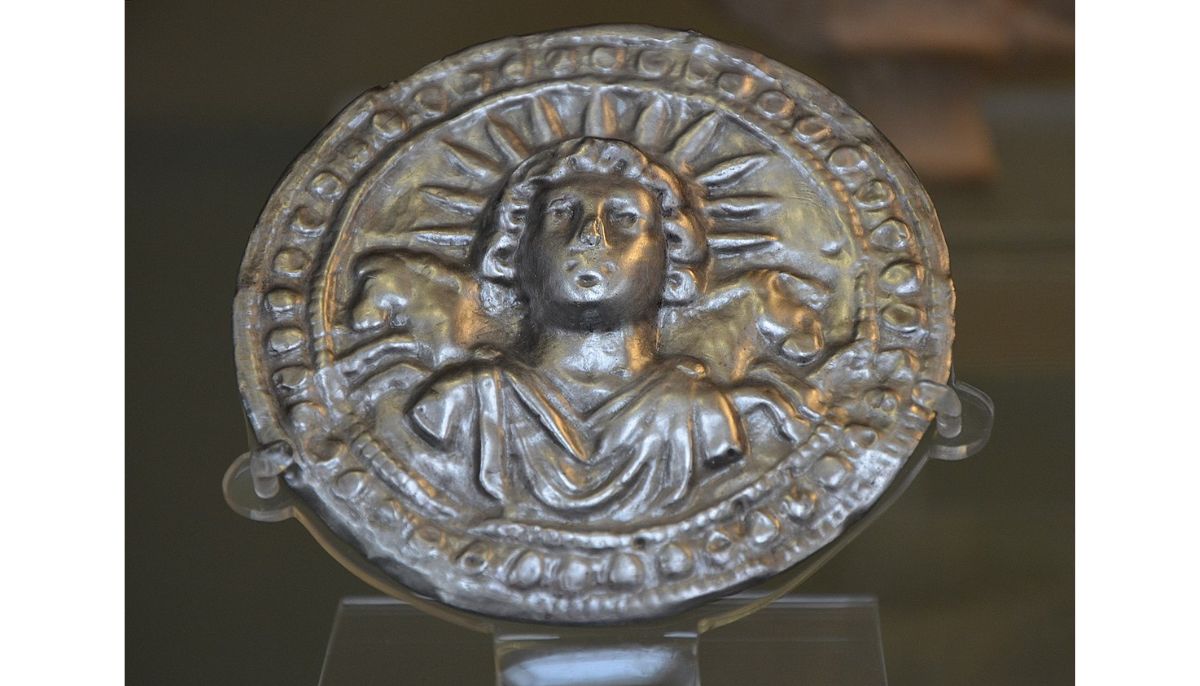
Elagabalus had big plans for Sol Invictus. He aimed to make him the top Roman God, even above Jupiter. Temples dedicated to Sol Invictus sprang up around Rome. The grandest was the Elagabalium, which housed a sacred black meteorite.
As Emperor, Elagabalus saw himself as Sol’s earthly representative. He conducted sacrifices and rituals in temples across the city. Horse-drawn chariots similar to Sol Indiges’ were often used.
In a bold move, Elagabalus married a Vestal Virgin to produce “godly” offspring. This was one of the moves that led to his assassination after less than four years in power.
Despite this, the worship of Sol Invictus didn’t fade away. It found favor with another great Roman Emperor down the line.
- Want to learn more about Elagabalus? Check out our article on Gay Roman Emperors.
Sol Invictus and Aurelian
Aurelian had a clear vision: to unify the Empire under one God, Sol Invictus. Unlike Elagabalus, he wasn’t keen on replacing existing Roman gods.
Instead, he wove the cult of Sol into the fabric of Roman institutions. He integrated the Senatorial elite with Sol’s priests, merging political and religious power.
Construction of the Temple of the Sun
A critical step in Aurelian’s plan was the construction of the Temple of the Sun. This wasn’t just another temple but the grandest of them all.
By building this monumental temple, Aurelian honored Sol Invictus and anchored the God’s importance in Roman life.
The Symbiosis of Imagery
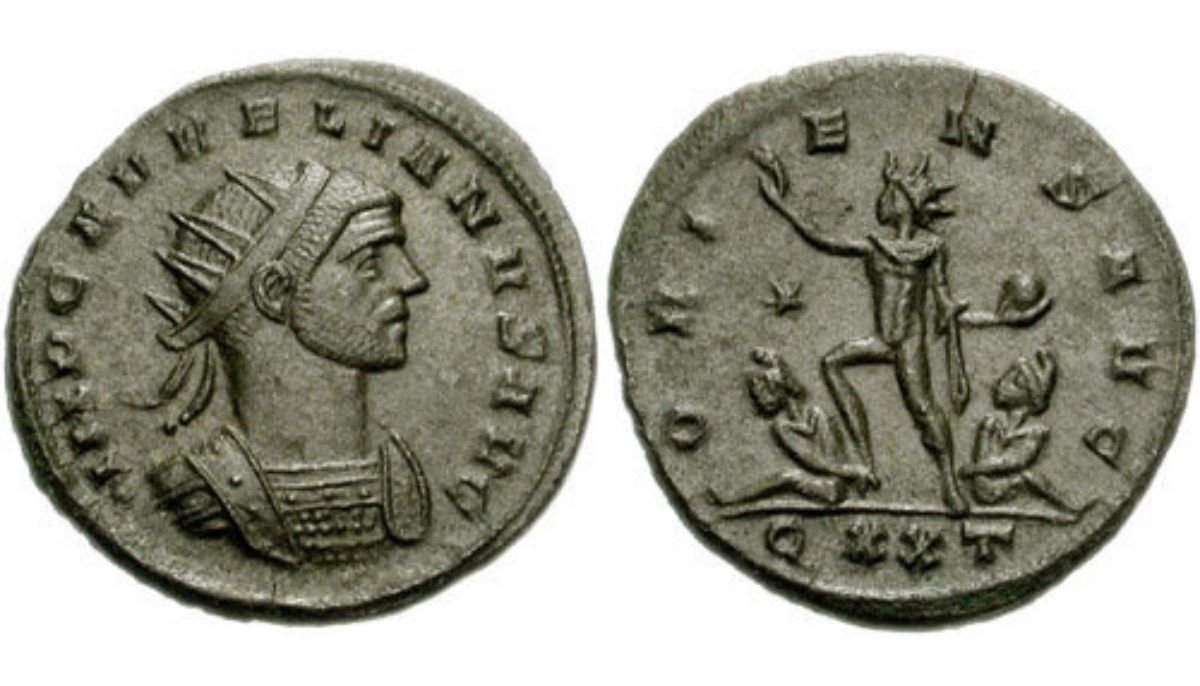
Aurelian cleverly used imagery to tie the cult of Sol Invictus to the Roman state. Coins minted during his era had Sol Invictus on one side, implicitly equating God’s power with the Roman Empire’s.
This wasn’t just a design choice but a statement of political and religious intent.
Is Aurelian’s helmet linked to Sol Invictus?
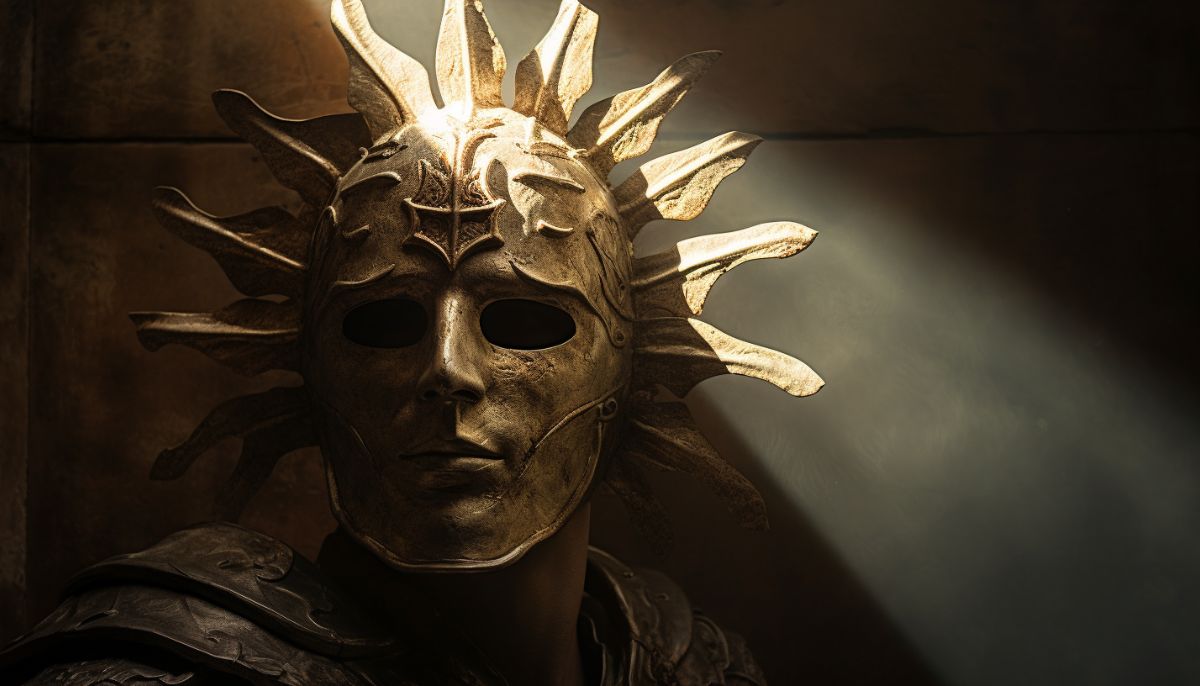
Although there’s no concrete evidence to confirm that Emperor Aurelian wore a cavalry helmet with a radiant crown, the idea has captured the public imagination. This depiction is common in online resources and video games.
As a military man, Aurelian could have feasibly chosen a cavalry helmet. Whether he would have added a radiant crown to it is another matter, but it’s not outside the realm of possibility.
The radiant crown is historically linked to Sol Invictus, especially in the 3rd-century context. It could be seen as a natural addition for Aurelian, who significantly elevated the God’s status in Roman society. However, there’s no definitive proof that Aurelian wore such a crown on his helmet.
Constantine, Christianity, and Sol Invictus
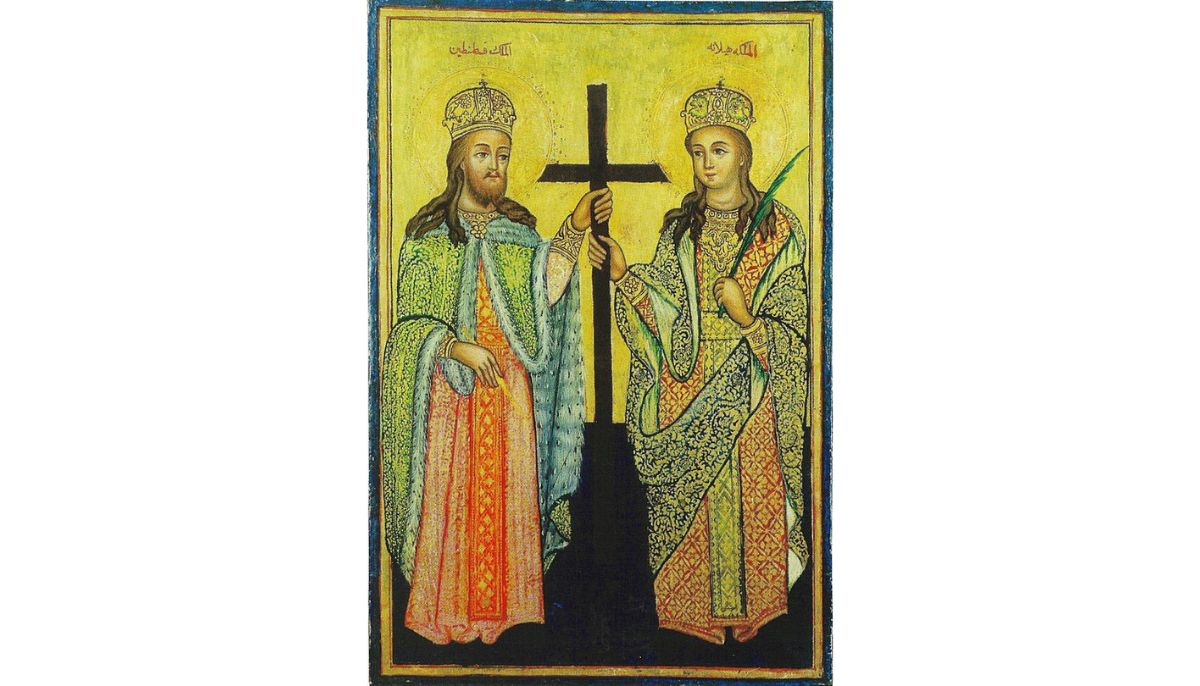
Emperor Constantine was a game-changer for Rome. He moved the capital to Constantinople, prolonging the Eastern Empire’s life but hastening the West’s decline.
Interestingly, Constantine wasn’t always a Christian. Early in his rule, he minted coins featuring pagan gods like Jupiter, Mars, and Sol Invictus.
The Milvian Bridge and Beyond
Even after his pivotal win at the Milvian Bridge, a turning point for Christianity in Rome, Constantine continued to feature pagan gods on coins.
This raises a question: why did he choose Christianity over Sol Invictus as Rome’s unifying religion?
Christianity and Sol Invictus
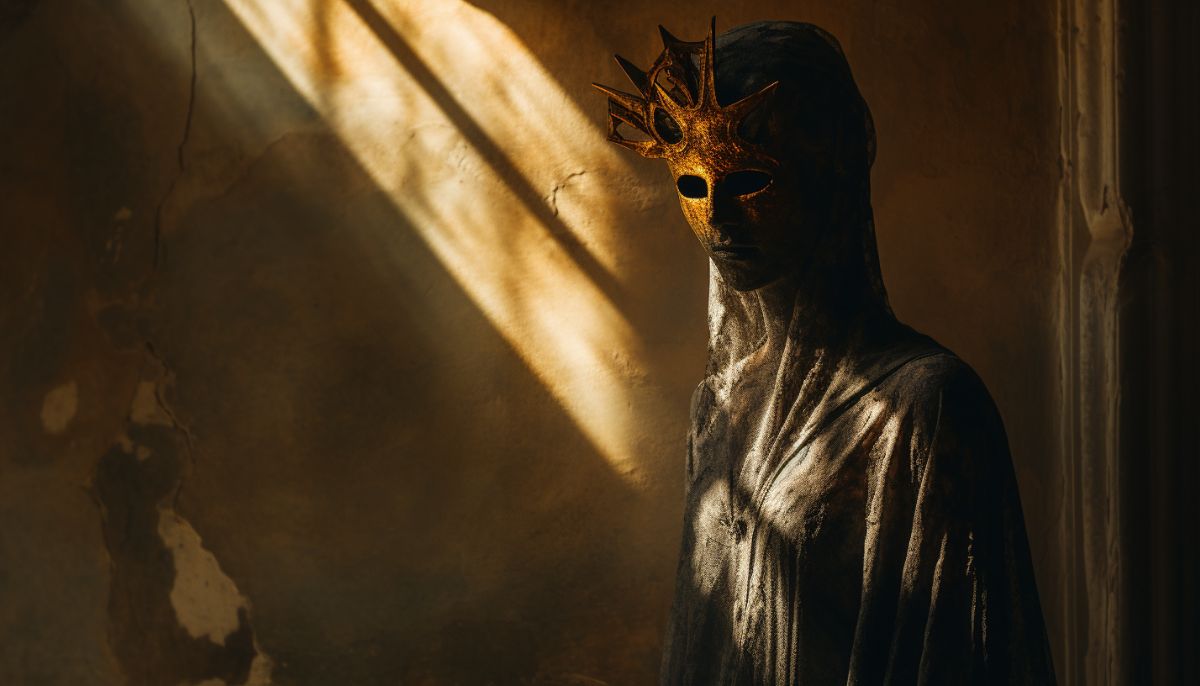
One theory is that Constantine saw Christianity as a better unifier than Sol Invictus. While Sol had been popular, its influence was mainly Eastern and localized.
Christianity was spreading fast across the Empire. Also, unlike the Sol cult, which allowed for multiple gods, Christianity insisted on exclusive devotion to one God.
The Impact of Exclusivity
The concept of exclusivity in religion mirrored the centralization of power in the later Roman Empire. As the Empire evolved, political power increasingly centered around a single ruler.
This shift towards a strong centralized authority could have also influenced the religious landscape. Just as the Empire was consolidating power around one man, the Emperor, it made sense also to unify religious practice around one God.
Christianity fits this centralized model well with its exclusive focus on one God. Unlike the cult of Sol Invictus or other pagan religions that allowed for a pantheon of gods, Christianity’s monotheistic stance was a strong match for an Empire increasingly focused on a single, centralized authority.
Social and Political Cohesion
The exclusivity of Christian doctrine could serve as a powerful tool for social and political unity. If everyone in the Empire worshipped the same God, it could theoretically reduce religious conflicts and create a more cohesive society.
This uniformity in religious practice would complement the centralized political power, creating a more unified and stable state.
dies natalis solis invicti – Is Christmas on December 25th Because of Sol Invictus?
Emperor Aurelian introduced the Festival of Dies Natalis Solis Invicti in AD 274. This festival, also known as the ‘birthday of the Invincible Sun,‘ took place on December 25th, coinciding with the winter solstice in the Roman calendar.
It was celebrated with grandeur, including thirty chariot races. The festivities of Dies Natalis Solis Invicti were seen as a joyful addition to the seven-day Saturnalia celebration, characterized by parties, banquets, and gift exchanges.
Connection With Saturnalia
On the other hand, the Saturnalia festival was another prominent Roman celebration that aligned closely with Christmas.
Held in honor of the God Saturn, it occurred around the same time as Dies Natalis Solis Invicti and was a significant part of Roman society.
The flexible nature of pagan Roman gods allowed for overlaps in festivities and beliefs.
The connection between Christianity and Sol Invictus
In the early Christian Church, Jesus Christ was linked to the sun and referred to as the ‘Sun of Righteousness‘ (Sol Justitiae), prophesied by Malachi. A Christian treatise dating to the early fourth century AD associated Christ’s birth with the birthday of Sol Invictus, emphasizing the idea of Christ as the ‘Unconquered.’
The theory suggests that Christians participated in the pagan celebration of the sun’s birth on December 25th. To mitigate this, Church leaders decided to celebrate the true Nativity on that day, providing a Christian alternative.
Another theory proposed by French writer Louis Duchesne in 1889 suggests that Christmas was calculated as nine months after the Annunciation, which fell on March 25th, the Roman date of the spring equinox.
From its early connections to Sol Indiges and Helios to its revival under emperors like Elagabalus and Aurelian, Sol Invictus played a crucial role in shaping Roman belief systems.
The fascinating interplay between old and new beliefs showcases the adaptability of ancient Rome’s religion in the face of changing societal needs, setting the stage for the religious landscape we recognize today.
